Franklin D. Roosevelt: History & Legacy of America’s Four-Time President
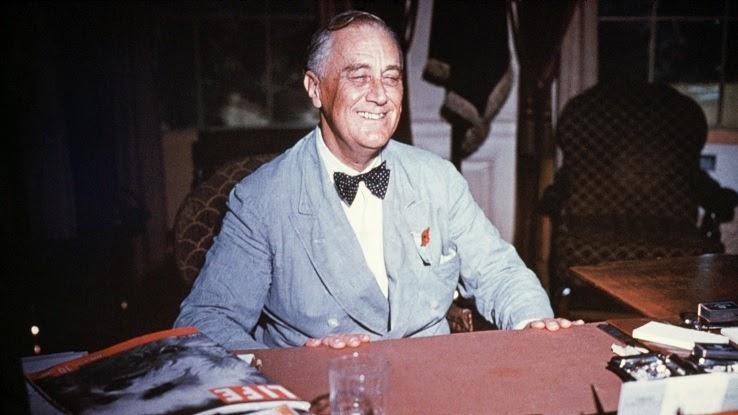
With four terms to his name President Franklin D. Roosevelt was tasked with leading the country through the Great Depression, Pearl Harbor and World War II. Due in part to the incredible length of time FDR served, looking back at his life and legacy is rather fascinating, even among former U.S. presidents.
From repairing a country torn apart by financial collapse and war to contributing to enduring humanitarian efforts, FDR left an indelible mark on American history. Here, we’re examining just a few of the many ways Franklin D. Roosevelt shaped — and continues to shape — the identity of America.
Leader At Heart: Roosevelt’s Earliest Years
Franklin Delano Roosevelt was born in Hyde Park, New York, on January 30th, 1882. A distant cousin of Theodore Roosevelt, the 26th U.S. president, FDR had big shoes to fill. After graduating from Yale, a young Roosevelt practiced law, but he eventually set his sights on politics.
In 1910, he ran for a New York Senate seat and secured the position, despite the district’s Republican-leaning tendencies. Then, in 1928, Roosevelt won New York’s gubernatorial. As governor, FDR led with wit, compassion, and ingenuity, and, as always, made an effort to improve conditions for working-class people.
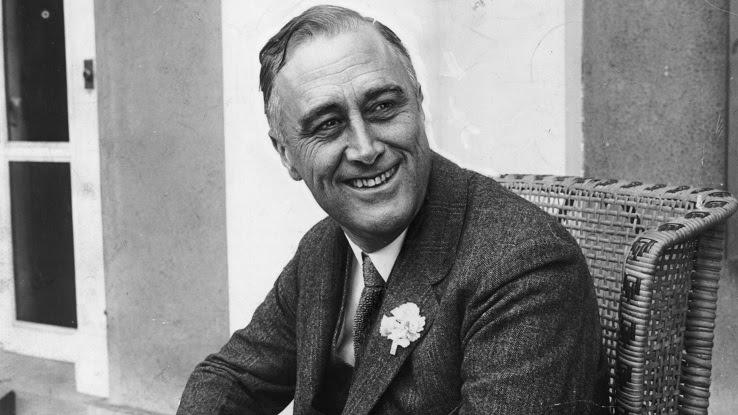
For example, he introduced legislation that encouraged safer industrial workspaces and shorter workdays. He also established the Temporary Emergency Relief Administration (TERA) to support unemployed folks in New York, helping them not only find new jobs, but weather uncertain times as well.
In 1921, Roosevelt fell ill, experiencing severe fever, numbness, chills, and, eventually, paralysis. It was later discovered that his symptoms had resulted from polio. Though Roosevelt regained motion in the upper-half of his body, he developed a permanent paralysis in his legs.
A little over a decade later, Roosevelt was elected to his first presidential term in 1932. When he was inaugurated the following year, FDR was tasked with navigating the greatest economic crisis in history: the Great Depression. Herbert Hoover, the prior President, had mismanaged his response to the Depression so much that the entire country was in a state of mourning. With many Americans out of work and unhoused, Roosevelt not only had to fix the practical problems America was dealing with, but find a way to restore the public’s confidence as well.
Roosevelt’s New Deal
Roosevelt’s response to the Great Depression was swift, focused, and supportive. On a social level, he attempted to boost morale across the nation with his “fireside chats,” radio broadcasts meant to restore the public spirit. However, the real legacy of his response came in the form of the New Deal.
The New Deal was a multi-step program designed to provide instant economic relief to citizens across the country, as well as stimulating the economy through agriculture, environmental preservation, the housing industry, and more.
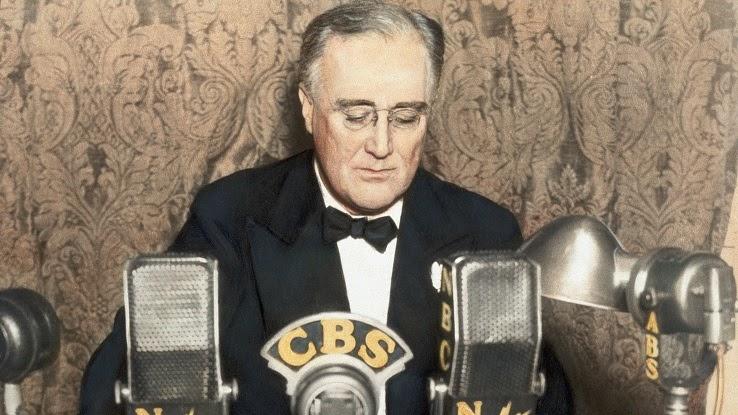
In the first 100 days of his presidency, Roosevelt enacted a variety of New Deal programs. The Works Progress Administration (WPA) and the Civilian Conservation Corps (CCC) provided temporary jobs and aid to thousands of Americans, including employing young people to work on preservation within the National Parks Service (NPS).
The New Deal also established the National Recovery Association (NRA), introducing industry codes that could get industrial workspaces up and running again. Additionally, the Federal Deposit Insurance Corporation (FDIC) and the Securities and Exchange Commission (SEC) were formed to prevent fraudulent stock investments, dirty bank business, and any additional economic crashes. Through the New Deal, Roosevelt forged a path out of the dark tunnel of the Great Depression, creating one of the most far-reaching and comprehensive legislation packages in American history.
Isolation or Interjection? FDR Navigates World War II
The Great Depression was not the final crisis of such immense magnitude that Roosevelt would be tasked with managing. Since he was reelected in 1936, 1940, and 1944, Roosevelt was also the president during the crucial years of WWII. Roosevelt initially held to America’s isolationist policy, though he eventually began distributing supplies to Allied countries, such as France and Great Britain, that were committed to fighting the Nazi regime.
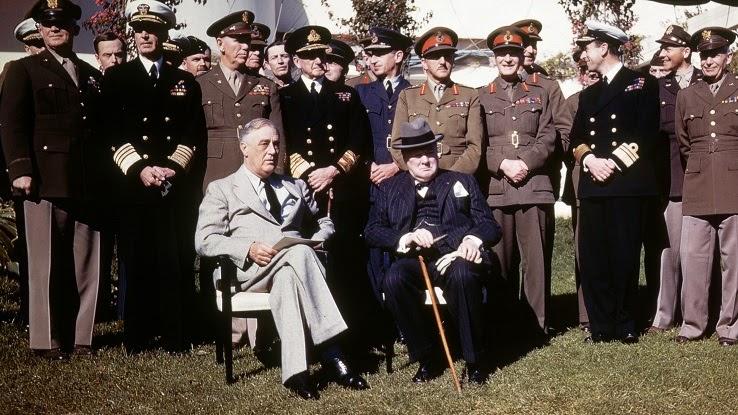
After France’s capture, Roosevelt provided additional support to Britain. It was also around this juncture that he secured his third term as president — clearly, America wanted stability and a sense of continuity when it came to navigating this history-altering events. To provide additional support, FDR famously met with Prime Minister Winston Churchill, who, in turn, corresponded with the president following the attack on Pearl Harbor.
Together, the two continued to discuss wartime strategies that centered on conflict resolution. In working with Allied countries and formulating plans for peace, Roosevelt did his part to help the war effort secure victory over Nazi Germany.
The Roosevelts as Advocates
After contracting polio in 1921, Roosevelt became a disability advocate, calling for efforts to prevent polio and establish treatments. After receiving water-based treatments in Warm Springs, Georgia, he bought out the treatment facility, creating the Warm Springs Foundation — the first clinic dedicated solely to treating polio.
But FDR’s efforts didn’t stop there. In 1938, he created what is now known as the March of Dimes. During the organization’s first campaign, it raised over $18 million in donations. Moreover, Roosevelt was a major proponent of vaccines. Several years after FDR’s death, March of Dimes helped fund the distribution of the first polio vaccine to children across the country in 1954.
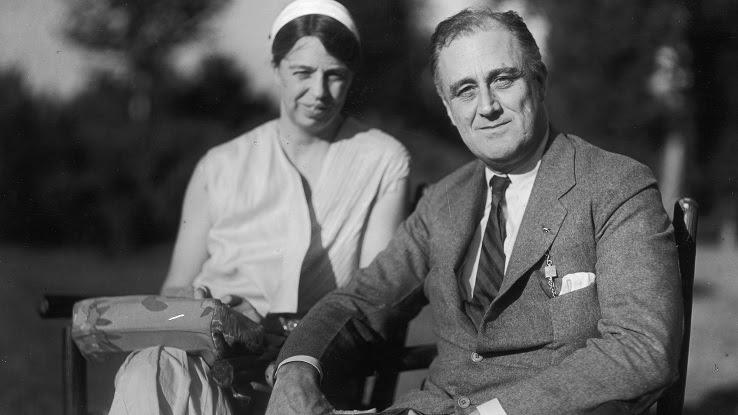
FDR’s wife, Eleanor Roosevelt, was also a well-known advocate. Moreover, she was known for having quite a bit of involvement in her husband’s presidency and advocacy efforts, all of which led her to reshape how the role of First Lady was perceived. In fact, Eleanor is considered the first First Lady to be hands-on with politics in the public’s eye — she even publicly disagreed with her husband on numerous issues.
Known for her efforts to support unhoused folks, feed folks who could not afford food, improve public education and advance feminist issues, Eleanor’s legacy as an advocate holds an equal weight to that of her husband’s.
The Ripple Effect of Roosevelt’s Policies
Many of Roosevelt’s policies, programs, and decisions continue to have a lasting impact on the state of U.S. today as well as the shape international politics have taken. A number of the programs that he introduced during the New Deal, such as the SEC and the FDIC, continue to play active roles in regulating the U.S. economy and keeping consumers safe. Roosevelt’s Civilian Conservation Corps (CCC) also helped establish and cultivate much of the National Parks system that we know and visit today.
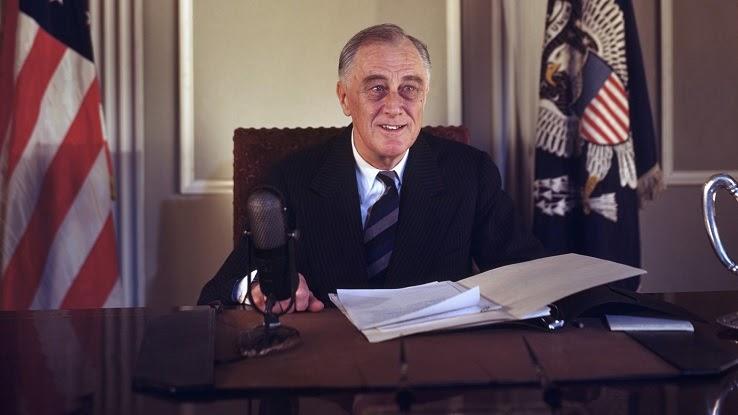
Undoubtedly, Roosevelt helped lay the political groundwork for progressive policies focused on the protection and wellbeing of all people — and he irrevocably changed the role the federal government played in supporting Americans, thus cementing his place as one of the country’s most admired former presidents.





